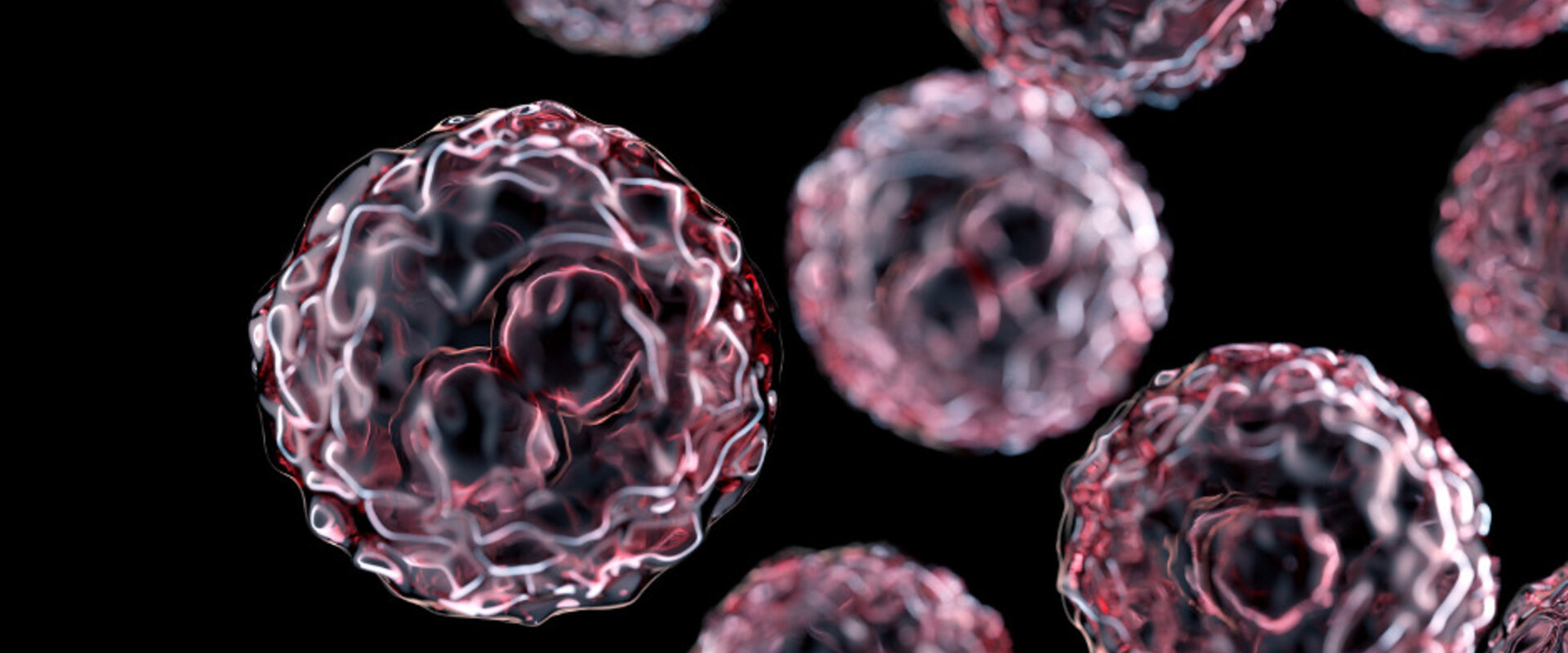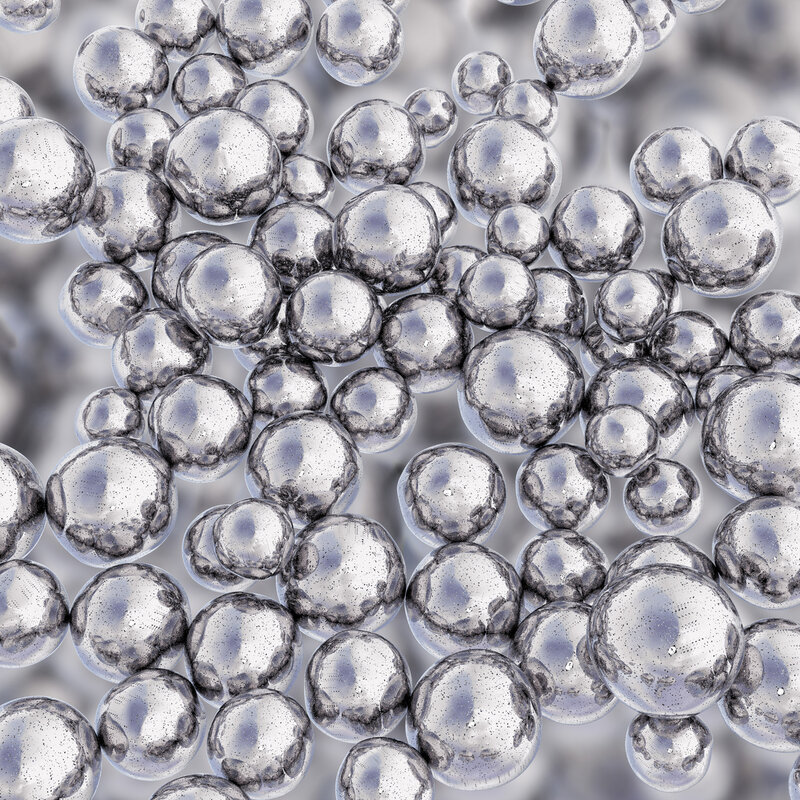
Measuring nanoparticle shell thickness
Challenge
Nanoparticles are becoming increasingly used in a wide range of areas, and thus are expected to soon have a significant economic and environmental impact. In health they are used for targeted drug delivery, and in the energy sector they are used in photovoltaic technologies to improve solar cell efficiency compared to conventional materials. Due to the wide range of fields that coated nanoparticles are used in, they are increasingly customised to have specific properties, thus increasing the need for accurate and traceable methodologies for nanoparticle characterisation.
This project built on the EMRP project BioSurf which first started developing analytical protocols for nanoparticles. The shell thickness and surface chemistry of coated nanoparticles can give valuable information about the behaviour of the nanoparticle, and how it interacts with its environment. The shell thickness of coated nanoparticles can be measured with electron spectroscopy, for example X-ray spectroscopy (XPS) or Auger spectroscopy (AES).
However, these measurements need to be reproducible and accurate, as well as consistent between different analysts and instruments. Before the ESCoShell project, there were no standards or technical guidelines regarding measurement of the shell thickness of coated nanoparticles.
Solution
The project worked through the International Organisation for Standardisation (ISO) to prepare a technical report, specifically within ISO Technical Committee 201 ‘Surface chemical analysis’.
The report describes the state-of-the-art methods for using electron spectroscopy to measure shell thickness, discusses their benefits as well as their limitations and offers guidance on choosing the appropriate method to conduct measurements of nanoparticle systems. Different electron spectroscopy methods, including XPS, AES and synchrotron techniques, are described and how they can be used to determine the shell thickness as well as the chemical composition of coated nanoparticles.
This information allows analysts in industry, academia and at national metrology institutes (NMIs) and designated institutes (DIs) to make appropriate choices when collecting and analysing spectroscopy data from coated nanoparticles. The project leader won an ISO excellence award for the publication of this ISO technical report.
This ISO document forms a basis for the development of future full, normative ISO standards providing exact methodology to be able to measure shell thickness and chemistry of core-shell nanoparticles using electron spectroscopy.
Impact
The ISO technical report 23173 provides guidance which helps enable industries to commercialise nanoparticle-based technologies more quickly and provide consumers with greater confidence in coated nanoparticle applications.
Additionally, having a better understanding of these features is helpful in the development of novel nanoparticle technologies, as well as researching future applications of coated nanoparticles. The full extent of the wider economic impact of nanoparticle-based technologies will become clearer in future years. The market potential of nanoparticle/nanocarrier based technologies in drug delivery is expected to exceed $130 billion (USD) in the next five years. Similarly, nanoparticle-based catalysts are expected to have a market size of approximately $30 billion (USD) in the next 10 years.
The ESCoShell project also has a positive environmental impact, as several nanoparticle-based technologies enable consumers and industries to use greener alternatives compared to conventional technologies, for example photovoltaic technologies or lighting and display applications. The new technical report will also help to create further impact from the EMRP project BioSurf, as it builds on their developments.
- Category
- EMPIR,
- Health,
- Standardisation,
- EMN Traceability in Laboratory Medicine,
